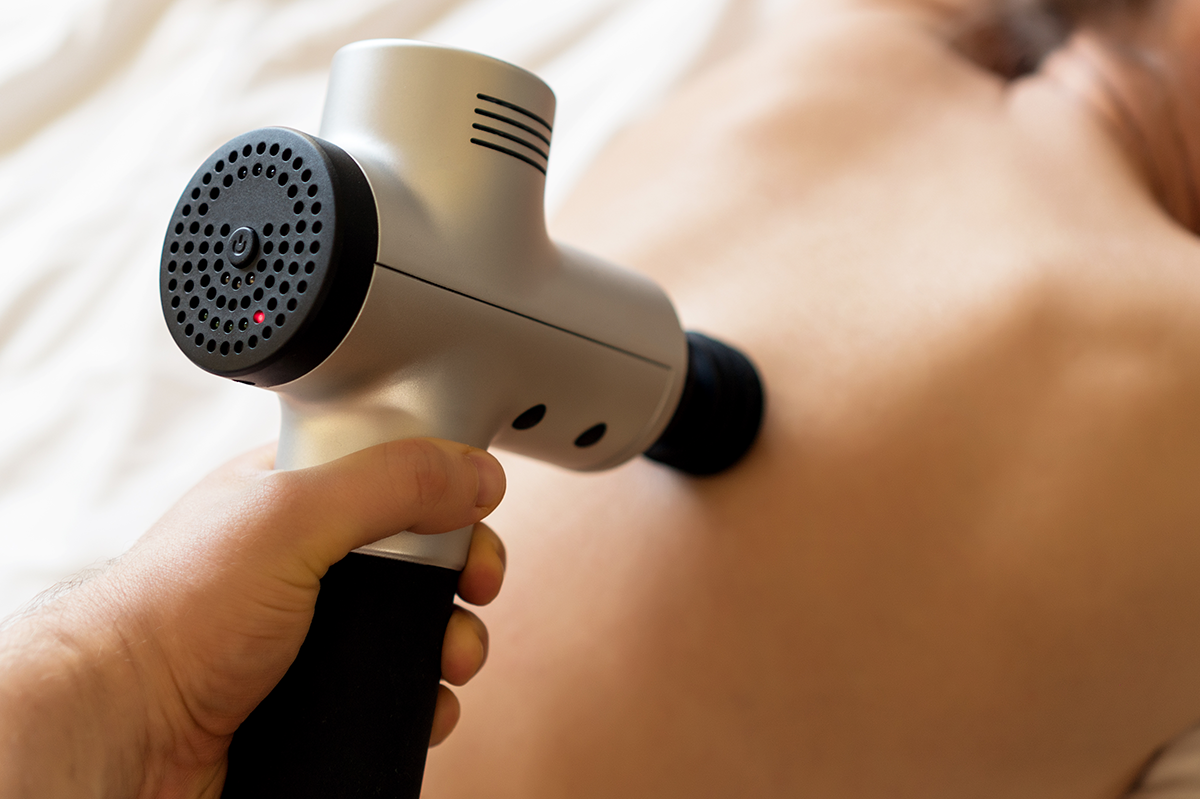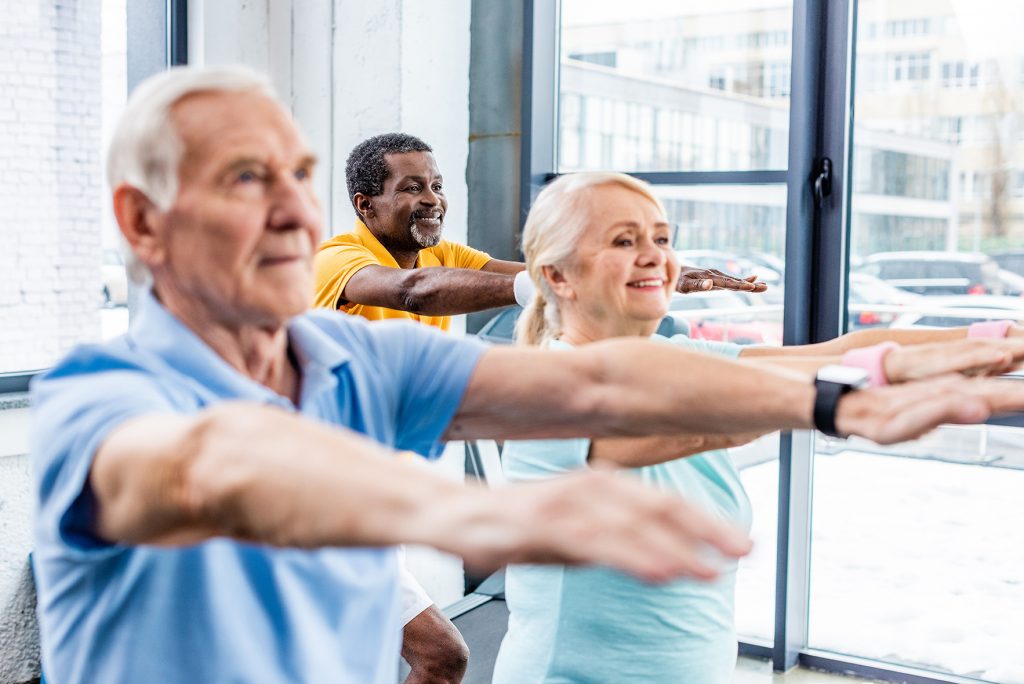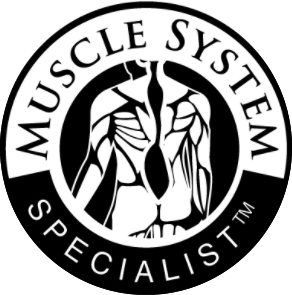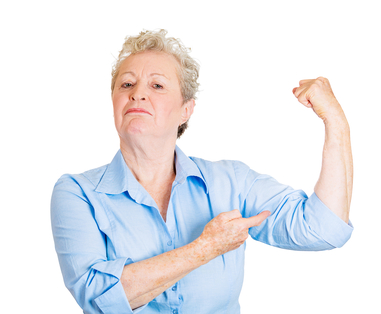Foot and Ankle Injuries Often Lead to Chronic Pain
It is a common injury, with 2 million acute ankle sprains happening each year in the US! In addition, it is the most common injury suffered by college athletes making up 15% of all injuries in this population.












 In Part 1 of this series, we discussed the dilemma of back pain that persists despite your persistent efforts to solve the problem. You’ve been prescribed medication, exercise, and a myriad of methods to “stretch” and “loosen” your muscles, but no avail. You must be a lost cause . . . right?
In Part 1 of this series, we discussed the dilemma of back pain that persists despite your persistent efforts to solve the problem. You’ve been prescribed medication, exercise, and a myriad of methods to “stretch” and “loosen” your muscles, but no avail. You must be a lost cause . . . right?

 Hey! Did you know that all pain is all in your head? It doesn’t mean you don’t have real pain when something to cause pain happens, or that chronic pain is not real. Feelings of pain are very real and are initiated by the brain for a very important basic reason…to keep you safe.
Hey! Did you know that all pain is all in your head? It doesn’t mean you don’t have real pain when something to cause pain happens, or that chronic pain is not real. Feelings of pain are very real and are initiated by the brain for a very important basic reason…to keep you safe. There is growing evidence that chronic pain is caused by multiple factors including cognitive, physiological, and behavioral factors. If you are working with clients or interacting with a family member with chronic pain, it is important to understand that it is not just simply a physiological response to pain. It is important to effectively influence a client’s attitude, cultural background and belief system-which influences social norms and perceived behavioral control. To achieve the highest positive health/fitness results among the chronic pain population, it is important to know and understand your client as a whole person.
There is growing evidence that chronic pain is caused by multiple factors including cognitive, physiological, and behavioral factors. If you are working with clients or interacting with a family member with chronic pain, it is important to understand that it is not just simply a physiological response to pain. It is important to effectively influence a client’s attitude, cultural background and belief system-which influences social norms and perceived behavioral control. To achieve the highest positive health/fitness results among the chronic pain population, it is important to know and understand your client as a whole person.